We Have Been
Featured In...
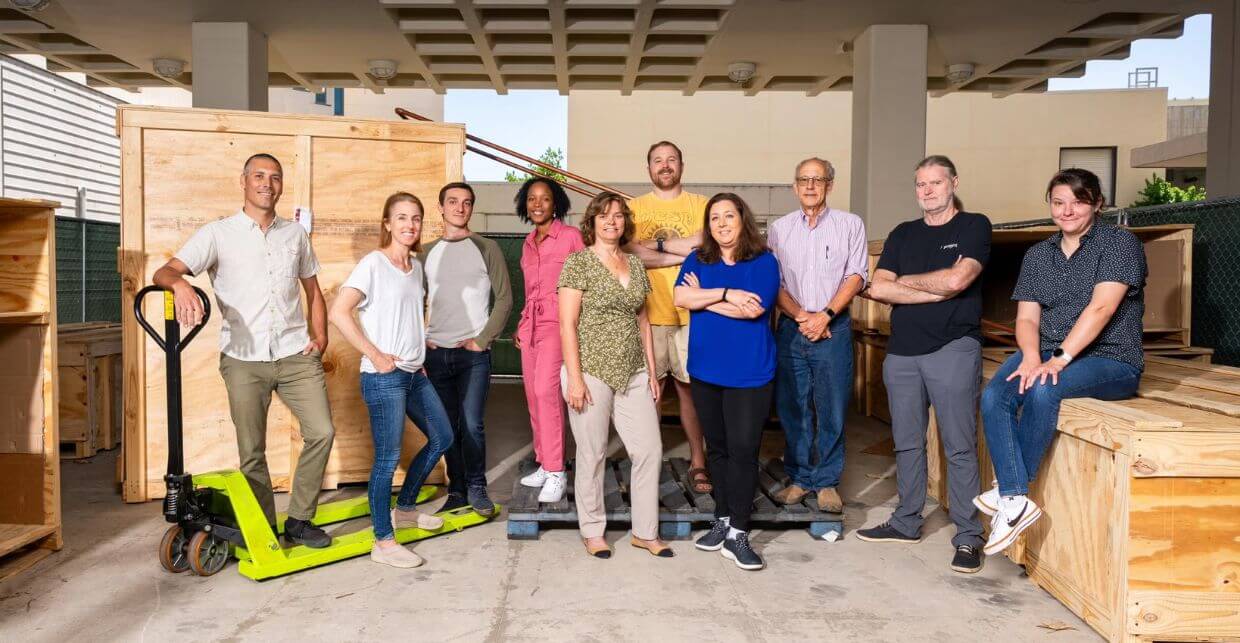
UCSB to lead $22M NSF-funded center on exceptional microbes
A six-year, $22 million National Science Foundation grant to establish the first “biofoundry"
Continue Reading UCSB to lead $22M NSF-funded center on exceptional microbes
Scientists will eliminate bottlenecks to breakthroughs with a newly acquired synthetic biology robotics system
Newly acquired synthetic biology robotics system
Continue Reading Scientists will eliminate bottlenecks to breakthroughs with a newly acquired synthetic biology robotics system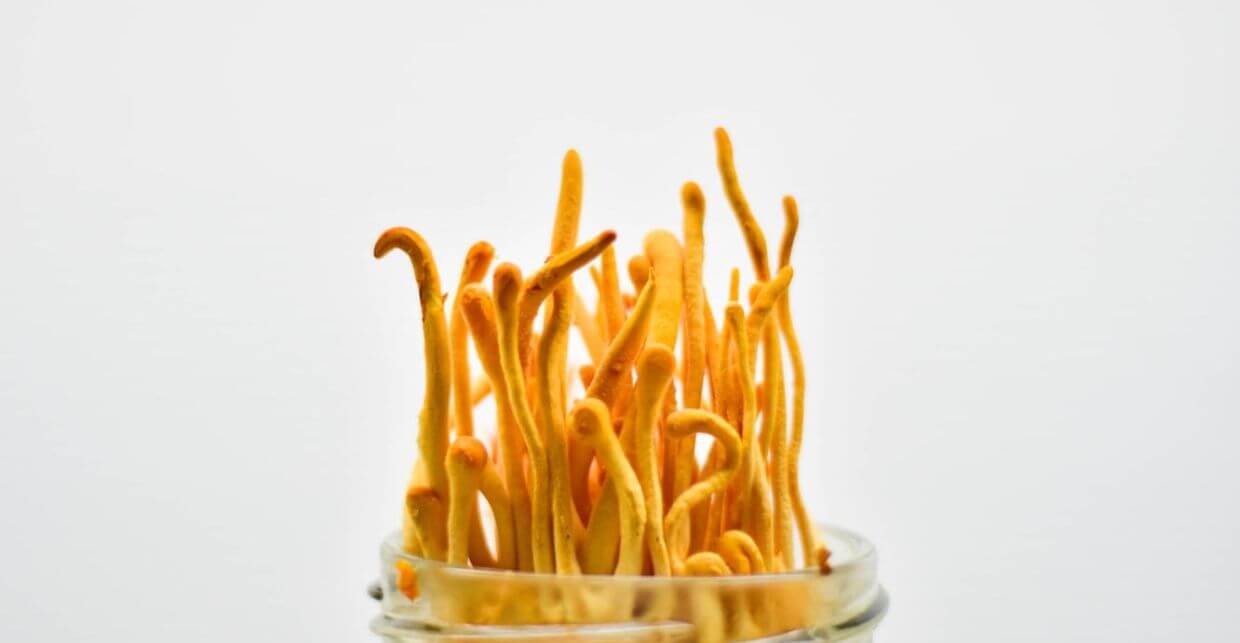
Zombie Fungus from “The Last of Us” Spurs Increased Interest in Fungal Research
EMSL researchers studying ways to use fungi for scientific advancements
Continue Reading Zombie Fungus from “The Last of Us” Spurs Increased Interest in Fungal Research
JGIota Interview
A Biofuel Breakthrough in Anaerobic Fungi with Michelle O'Malley and Tom Lankiewicz
Continue Reading JGIota Interview
A Biofuel Breakthrough, Courtesy of Fungi
Researchers prove that tough, woody lignin can be broken down
Continue Reading A Biofuel Breakthrough, Courtesy of Fungi
Researchers prove that tough, woody lignin can be broken down in an anaerobic environment
It’s a tough job, but someone’s got to do it
Continue Reading Researchers prove that tough, woody lignin can be broken down in an anaerobic environment
Busting the Unbreakable Lignin
New evidence shows anaerobic fungi can degrade the hardiest of plant components
Continue Reading Busting the Unbreakable Lignin
Risk Yields Reward
Chemical engineer Michelle O’Malley again recognized for her highly innovative research
Continue Reading Risk Yields Reward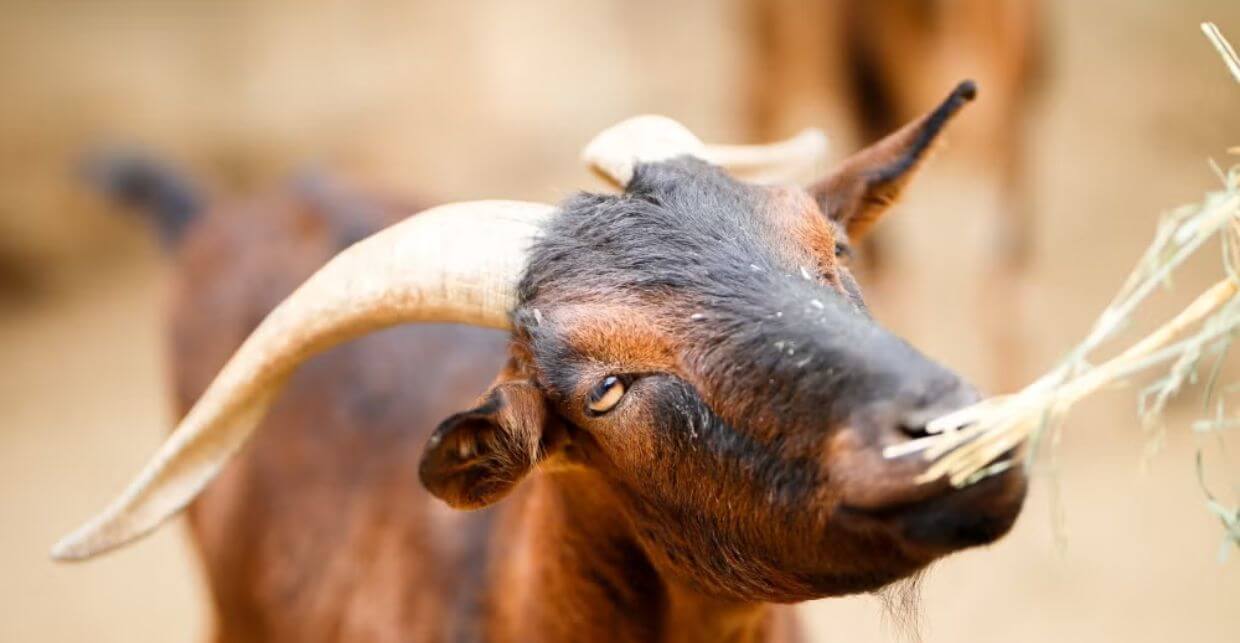
Natural Products in Unexpected Places
Michelle O’Malley’s lab group discovers that anaerobic fungi in the guts of herbivores that produce the unique building blocks of antibiotics
Continue Reading Natural Products in Unexpected Places
Talk with Dr Michelle O'Malley, UCSB Professor
Scott, Lawton and Rylie from ChemTalk talk to Dr. Michelle O'Malley about her research on biomaterials, her education, chemistry and what it's like to be a professor at the university of Santa Barbara.
Continue Reading Talk with Dr Michelle O'Malley, UCSB Professor
Gut Fungi: Unexpected Source of Novel Chemicals
Fungi from herbivore poop make surprisingly complex compounds — an energetically expensive feat thought to be too costly for them.
Continue Reading Gut Fungi: Unexpected Source of Novel Chemicals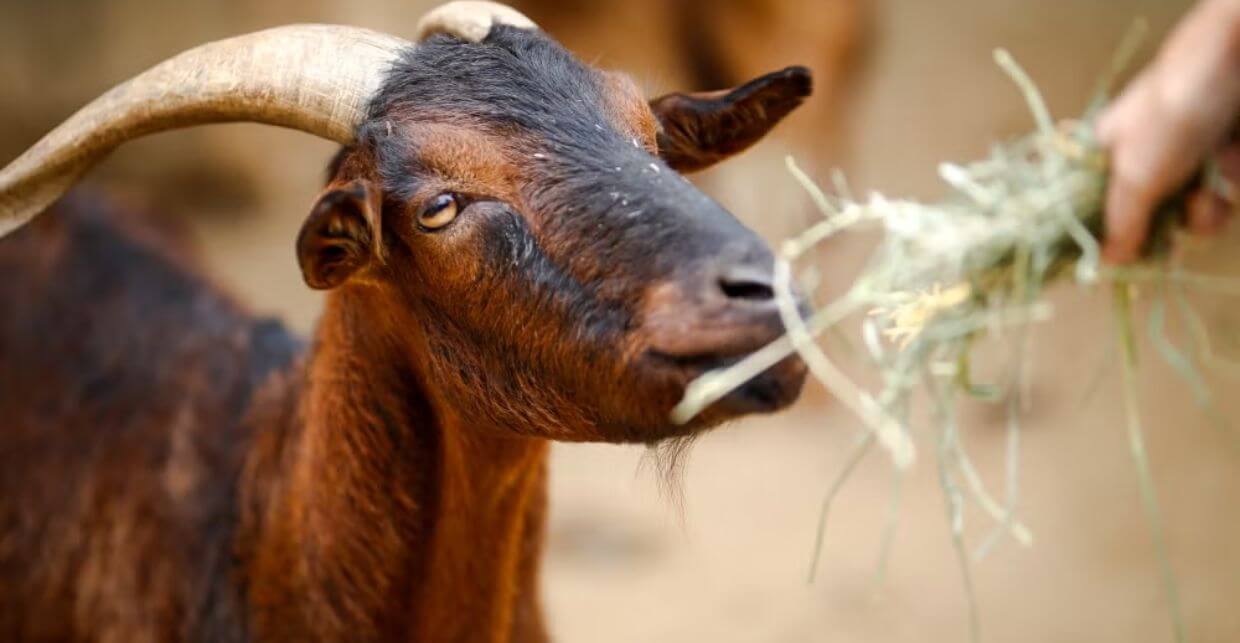
How Goat Poop Illuminates the Future of Biotechnology
The plant nibblers can teach us a thing or two about bioprocessing.
Continue Reading How Goat Poop Illuminates the Future of Biotechnology
Wonder Fungi
From biofuels and other commodity chemicals to methane production, genomic study peers into the mysteries of a goat’s gut
Continue Reading Wonder Fungi
Fluoride to the Rescue?
In Michelle O’Malley’s lab, a simple approach suggests a big leap forward in addressing the challenge of antibiotic-resistant bacteria
Continue Reading Fluoride to the Rescue?
Michelle O’Malley seeks greener chemistry through elusive fungi
Residents of herbivore bellies could make agricultural leftovers into valuable chemicals
Continue Reading Michelle O’Malley seeks greener chemistry through elusive fungi
Betting on Waste
Engineering professor Michelle O'Malley receives DOE award to image microbial processes that could lead to advanced biofuels
Continue Reading Betting on Waste
Turning Waste into Energy
Cows and other large herbivores that evolved to graze on grasses and other woody forage have the ability to “unlock” the energy contained in plant cellulose and convert it to sugar. By understanding and cultivating the microbes that these animals have in their digestive systems, similar processes could be used to create fuels and chemicals from agricultural waste rather than from fossil fuels.
Continue Reading Turning Waste into Energy
A Dung Detective Hunts For Rare Microbes
In this segment, she talks with Ira about the bacterial and fungal communities within poop, and how microbes, just like people, form unique bonds with each other—becoming friends, enemies, and even “frenemies.”
Continue Reading A Dung Detective Hunts For Rare Microbes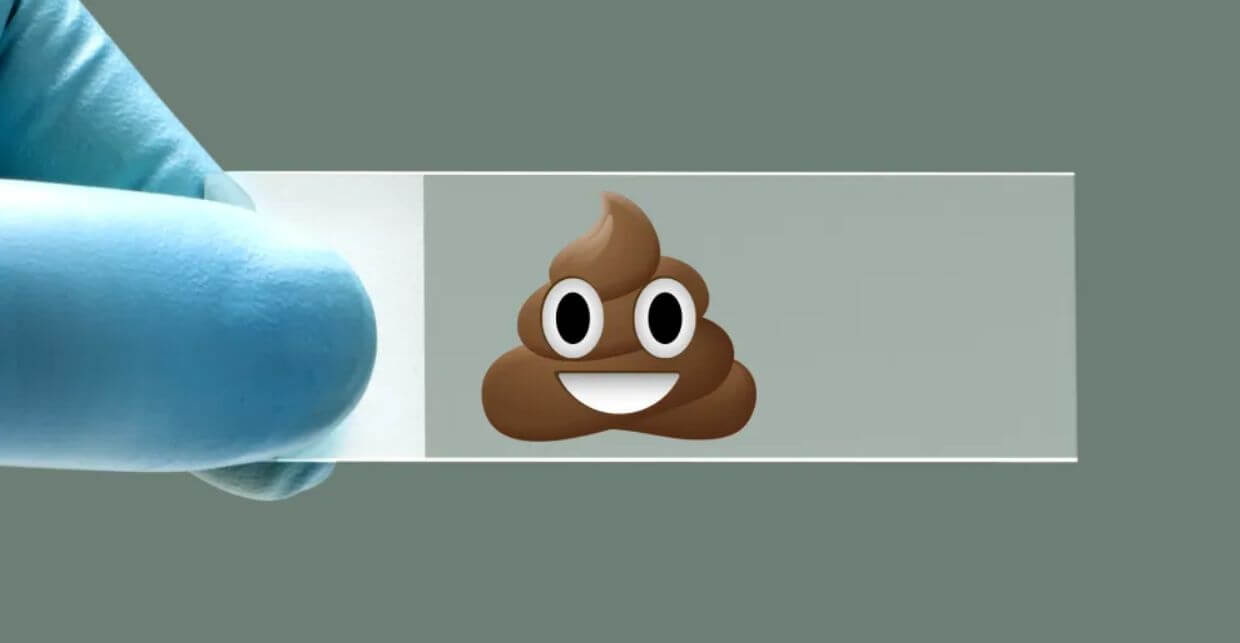
Scientists Are Learning Exciting New Things From Shitholes
The many recent discoveries thanks to the scientists who put up with a bunch of crap.
Continue Reading Scientists Are Learning Exciting New Things From Shitholes
How Fungal Enzymes Break Down Plant Cell Walls
Lignocellulose-degrading enzyme complexes could improve biofuel production.
Continue Reading How Fungal Enzymes Break Down Plant Cell Walls
Michelle O’Malley, University of California Santa Barbara – Biofuels
Is there a biofuel alternative on the way?
Continue Reading Michelle O’Malley, University of California Santa Barbara – Biofuels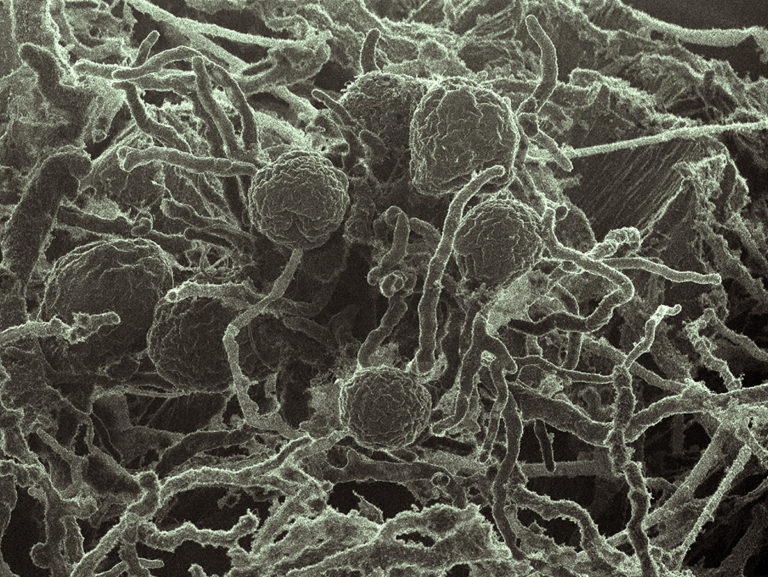
Fungal enzymes team up to more efficiently break down cellulose
“There are protein complexes in bacteria called cellulosomes that pack together the enzymes to break down plant biomass. The idea is that these clusters are better at attacking biomass because they are keeping the different enzymes in place with plugs called dockerins so they work more efficiently. This has been detailed in bacteria for more than 20 years, but now seen for the first time in fungi.”
Continue Reading Fungal enzymes team up to more efficiently break down cellulose
From Guts to Glory?
"I’m very proud of the fact that our research tries to balance efforts in discovery and engineering. And working on unusual microbes offers a route to do that.”
Continue Reading From Guts to Glory?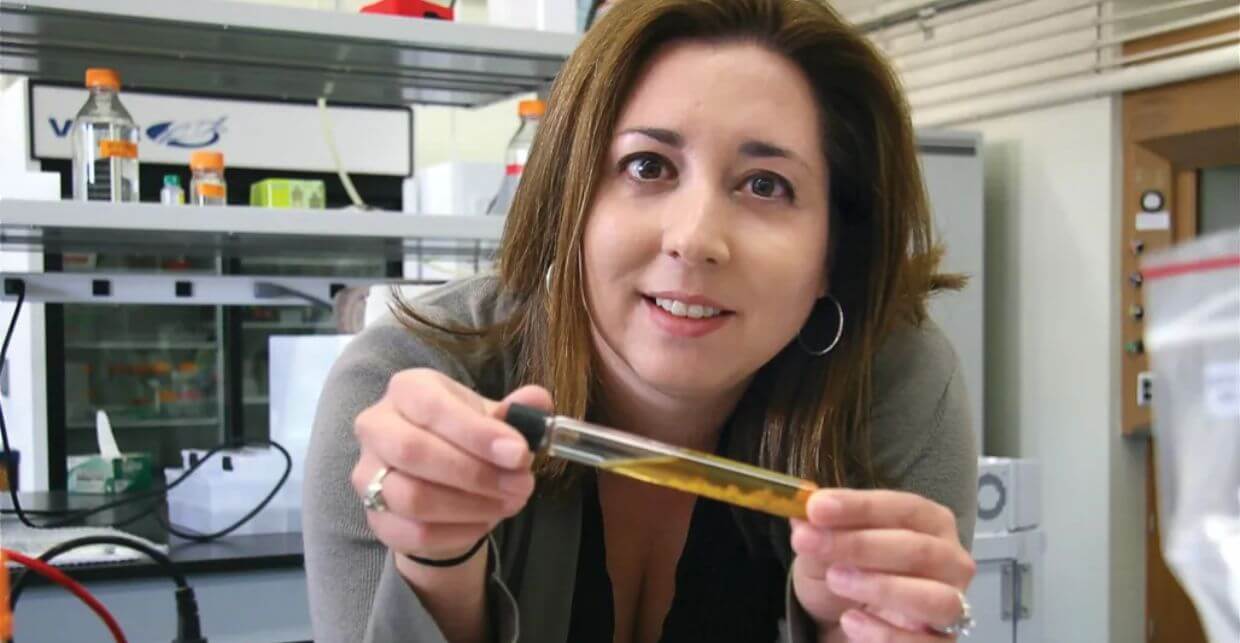
What Biofuel Production Can Learn from the Zoo: Michelle A. O’Malley
PECASE recipient discovers gut enzymes that break woody plants into biofuel building blocks.
Continue Reading What Biofuel Production Can Learn from the Zoo: Michelle A. O’Malley
Can Goat Poop Overpower Fossil Fuels?
It turns out that the same fungi that live in the guts of goats, horses and sheep create the very enzymes we need to degrade the crude plant material necessary to produce the billions of barrels of biofuels we need to replace gasoline and diesel as our fuel for cars and trucks.
Continue Reading Can Goat Poop Overpower Fossil Fuels?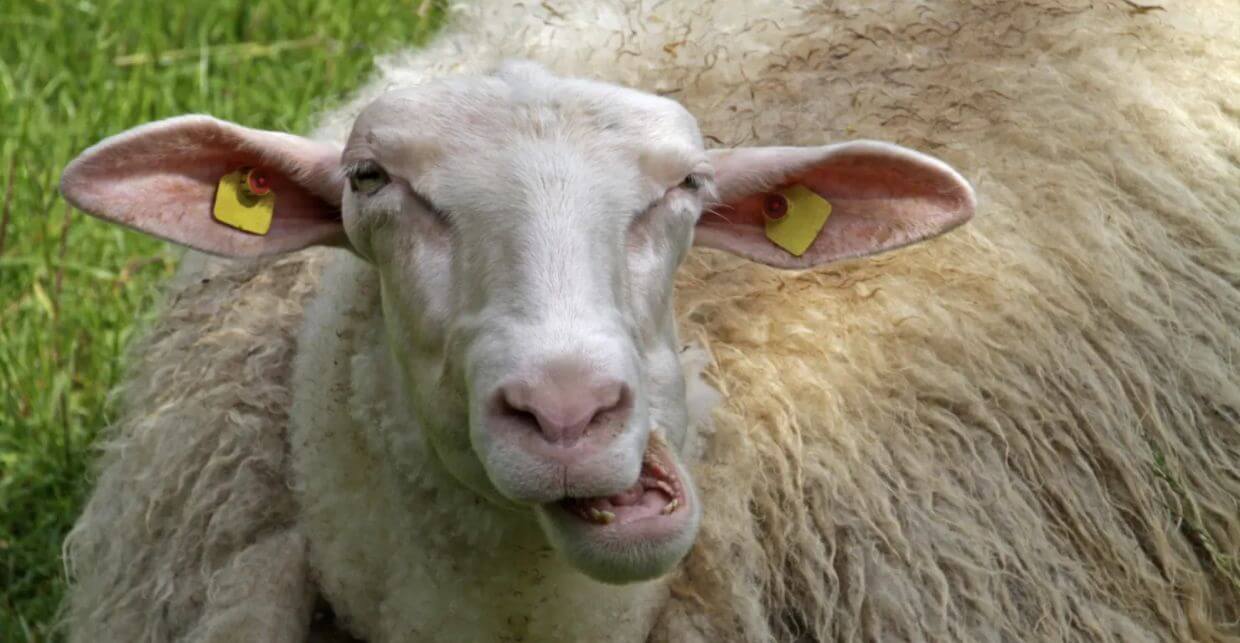
Gut feeling: How animals can transform renewables
Fungi from the guts of animals such as goats, sheep and horses could transform renewable energy, according to the latest research.
Continue Reading Gut feeling: How animals can transform renewables
Biofuel tech straight from the farm
Anaerobic gut fungi perform as well as the best fungi engineered by industry in their ability to convert plant material into sugars that are easily transformed into fuel and other products, report scientists.
Continue Reading Biofuel tech straight from the farm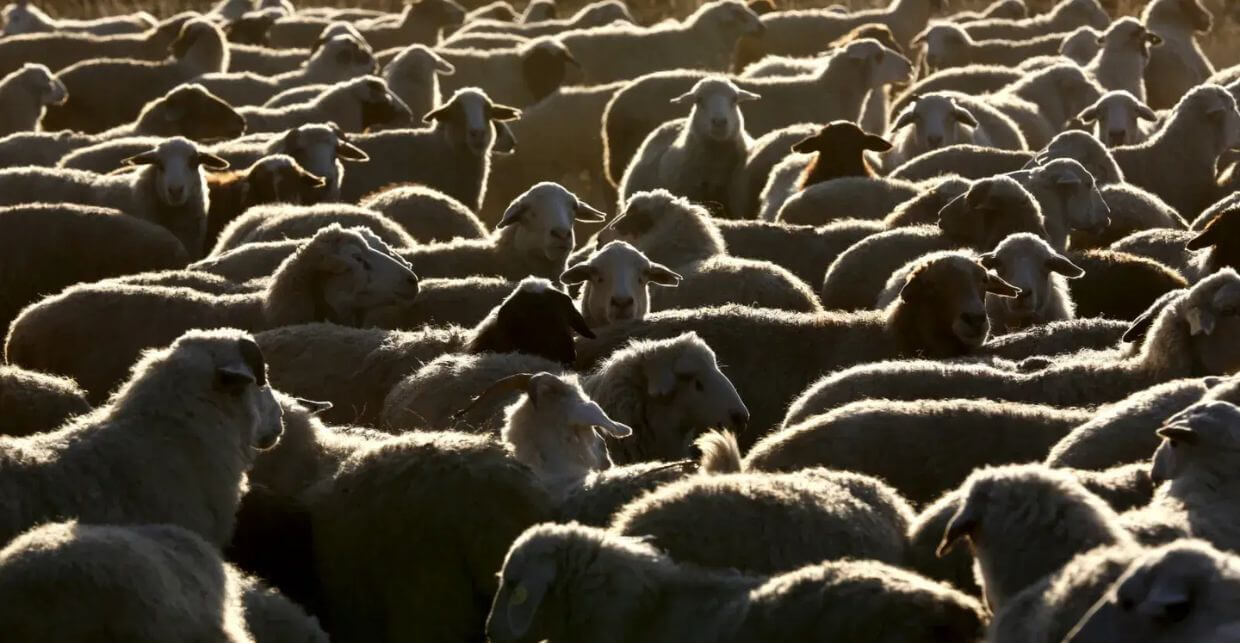
Biofuel From Fungi: Barnyard Poop Has Potential To Be Broken Down and Turned Into Energy
"Nature has engineered these fungi to have what seems to be the world's largest repertoire of enzymes that break down biomass."
Continue Reading Biofuel From Fungi: Barnyard Poop Has Potential To Be Broken Down and Turned Into Energy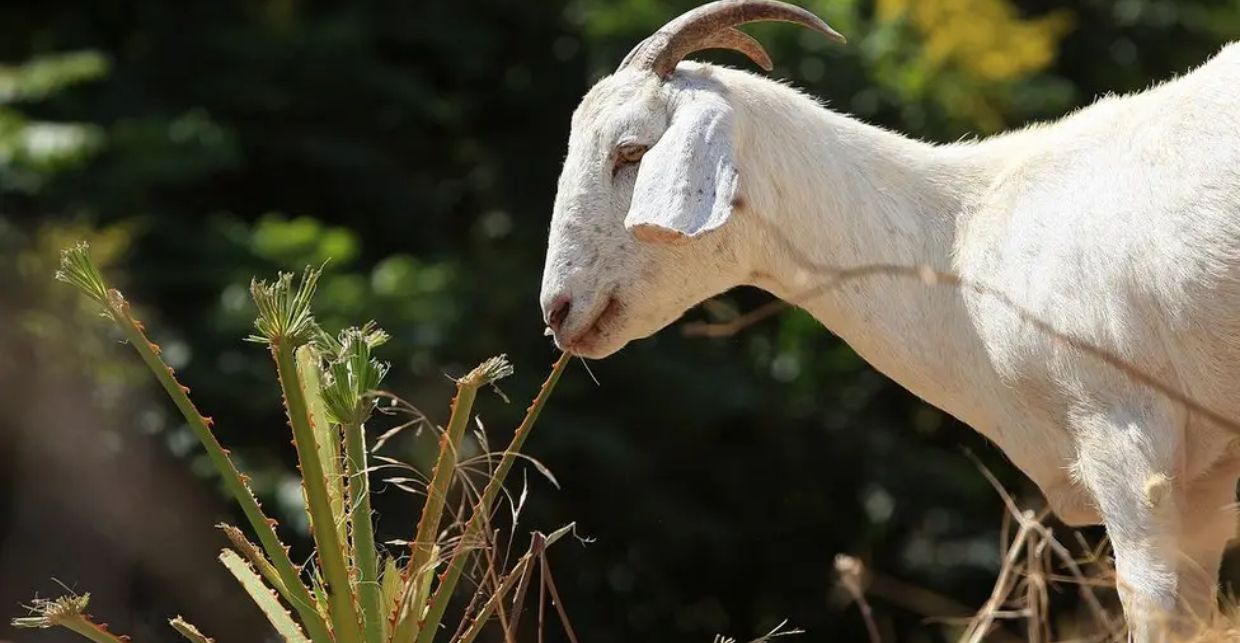
Fungi from goats' guts could lead to better biofuels
The legendary abilities of goats and sheep to digest a wide range of inedible materials could help scientists produce cheaper biofuels.
Continue Reading Fungi from goats' guts could lead to better biofuels
Engineering A New Chemical Communication System Into Bacteria
Synthetic Biology: Putting a synthetic quorum-sensing system into gram-positive bacteria could help improve industrial enzyme production
Continue Reading Engineering A New Chemical Communication System Into Bacteria
At a Crossroads, Biofuels Seek a New Path Forward
New microbes and new techniques show promise for advanced biofuels, but the industry is still years away from real progress.
Continue Reading At a Crossroads, Biofuels Seek a New Path Forward
Day 120: Just horsing around
But today's blog illustrates that the ubiquitous chemical engineer operates even in the equine world - a chemical engineer has found fungi in the intestinal tracts and faeces of horses which could help produce biofuels from non-food plants.
Continue Reading Day 120: Just horsing around
Biofuel: What's New To Make You Go VROOOM!
The use of germs to produce biofuels has been in exploration since the mid-1990s, but finding the right organisms is a difficult task. The horse rumen has a vast array of environmental bacteria and ...something else. Could this be the treasure trove scientists are looking for?
Continue Reading Biofuel: What's New To Make You Go VROOOM!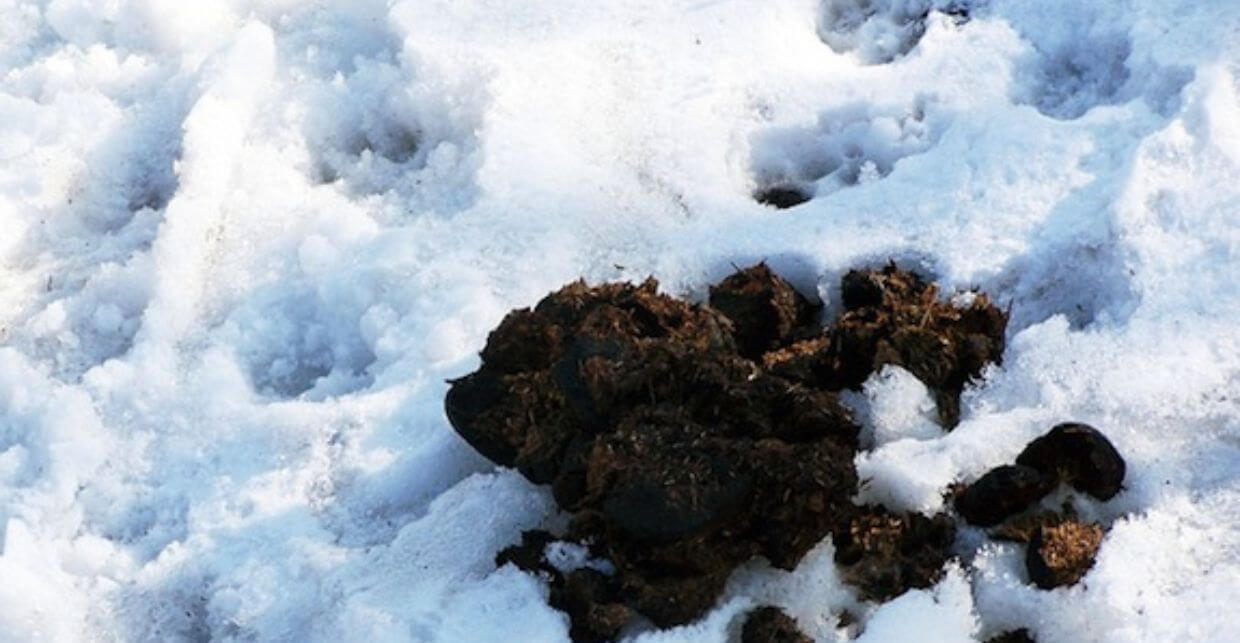
The Secret to Biofuels Might Be Hidden in Poop
A fungus that grows on manure and breaks down the leftover plant material could be a key clue for biofuel researchers
Continue Reading The Secret to Biofuels Might Be Hidden in Poop
Enzymes from horse feces could hold secrets to streamlining biofuel production
Stepping into unexplored territory in efforts to use corn stalks, grass and other non-food plants to make biofuels, scientists today described the discovery of a potential treasure-trove of candidate enzymes in fungi thriving in the feces and intestinal tracts of horses.
Continue Reading Enzymes from horse feces could hold secrets to streamlining biofuel production
Horse manure yields secret to ethanol fuel
Michelle O’Malley knows good horse poop when she sees it. While at MIT, the chemical engineer scooped up some manure from Finn, a grass-fed horse at a sustainable farm in Concord, Mass.
Continue Reading Horse manure yields secret to ethanol fuel